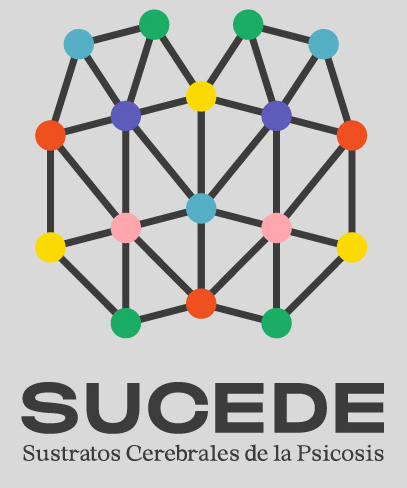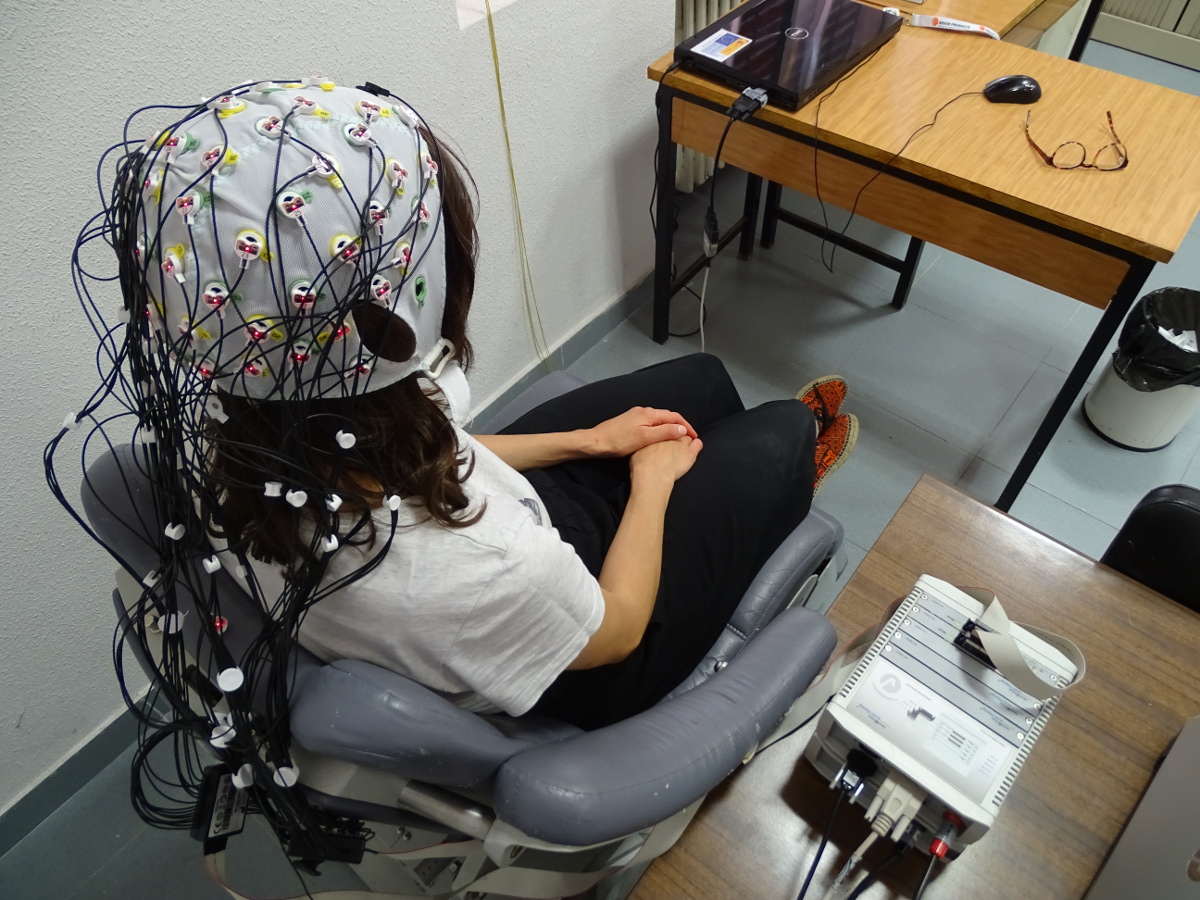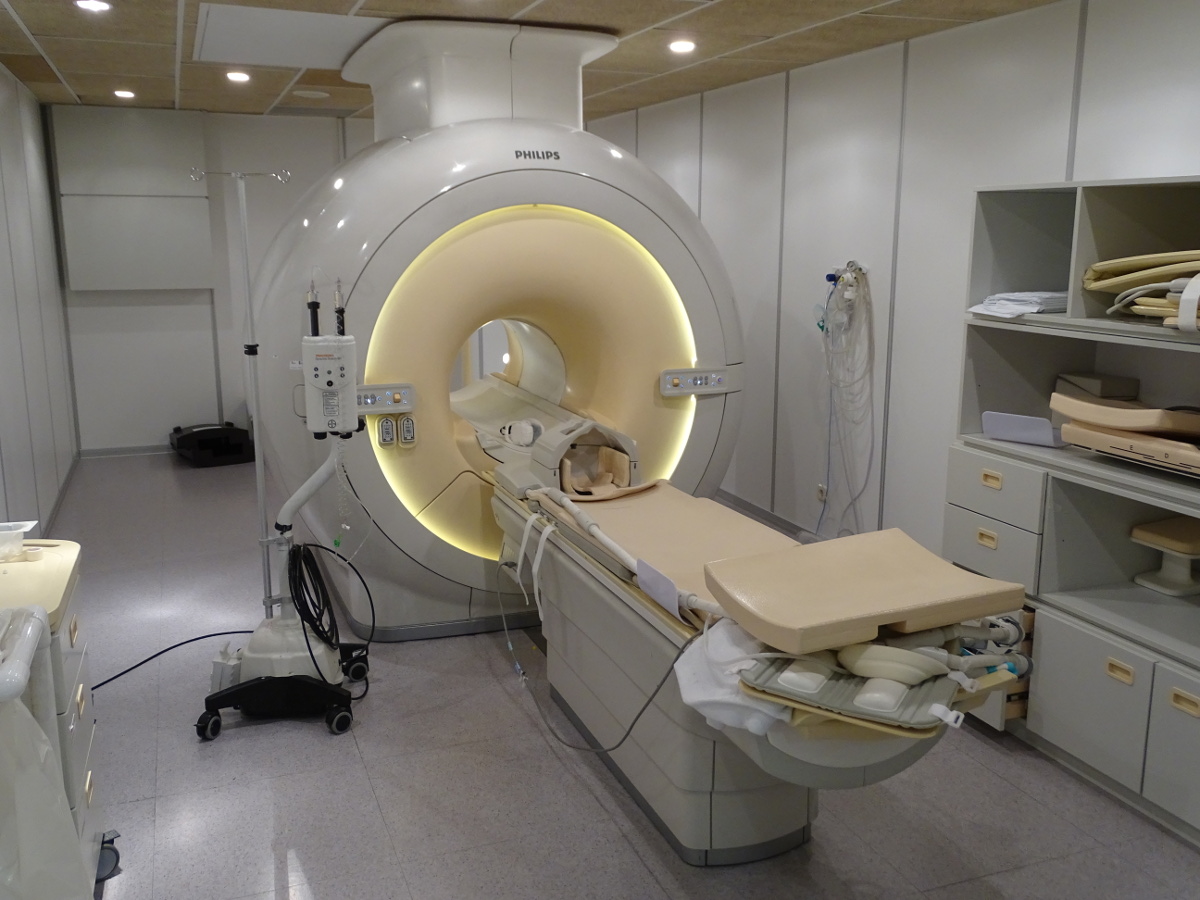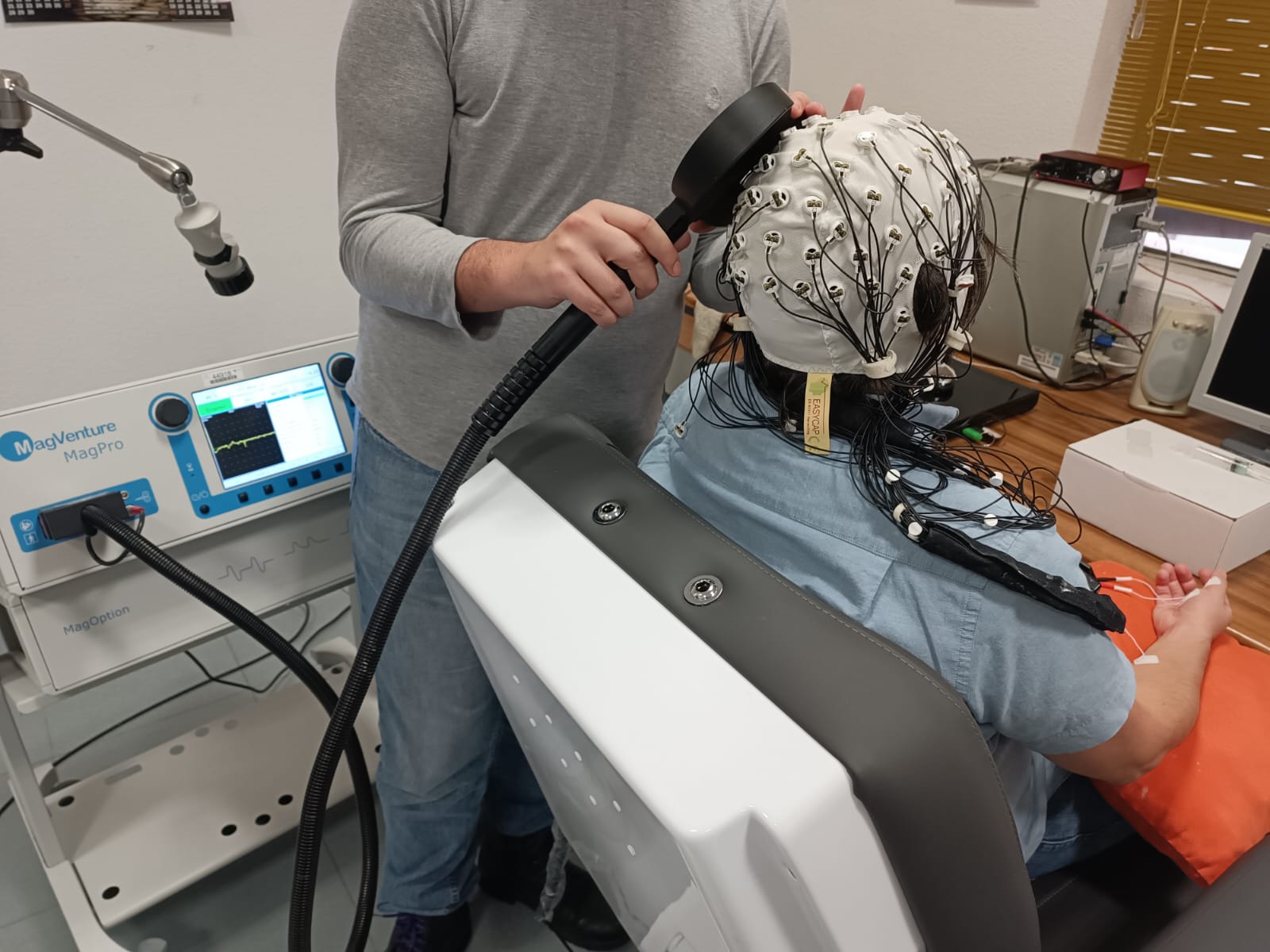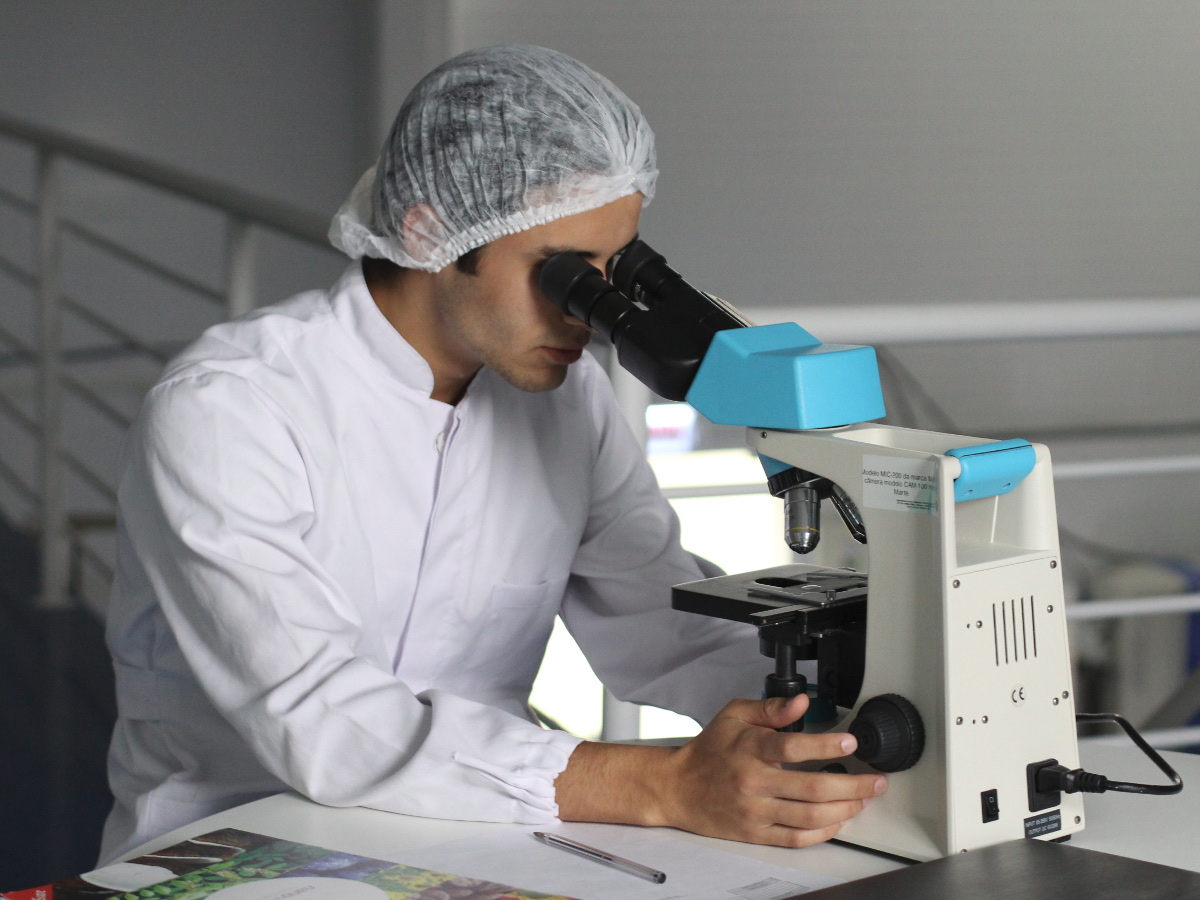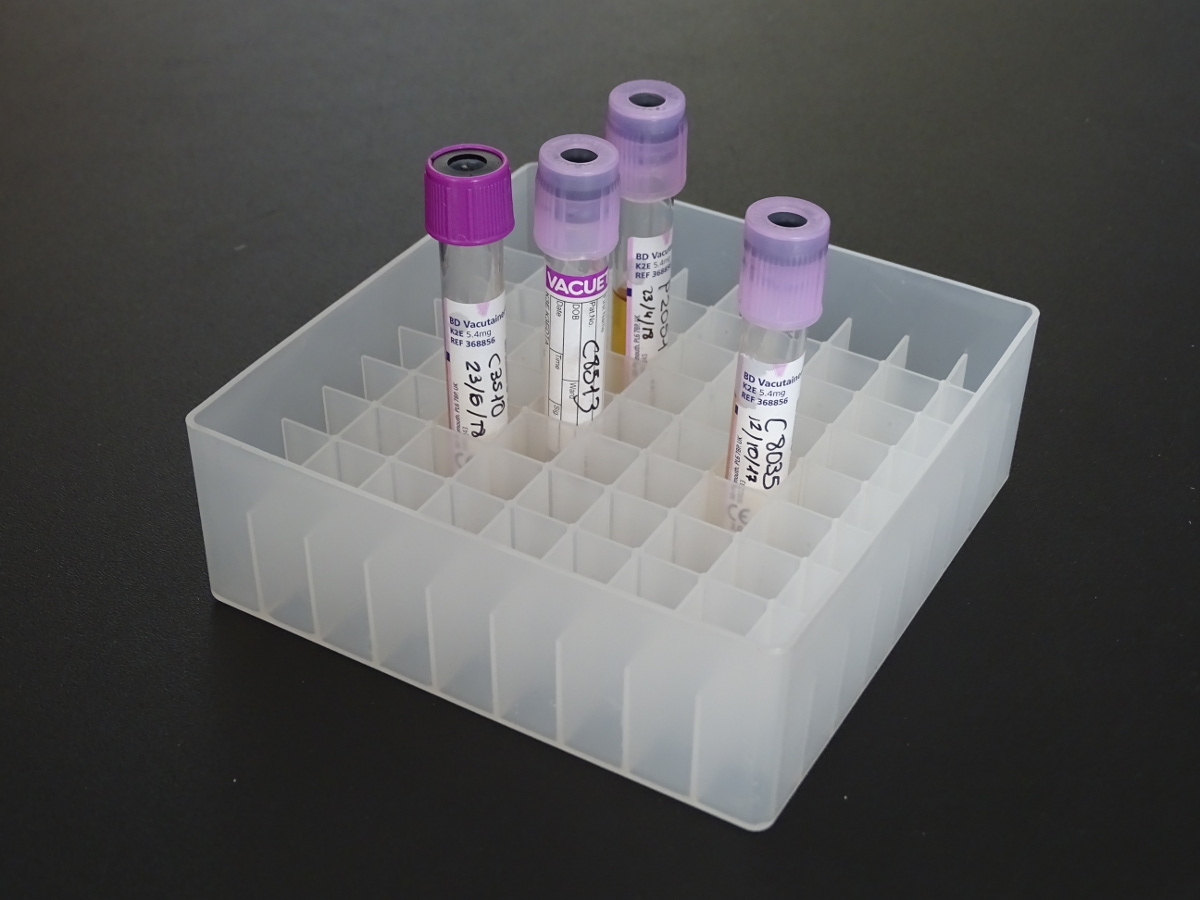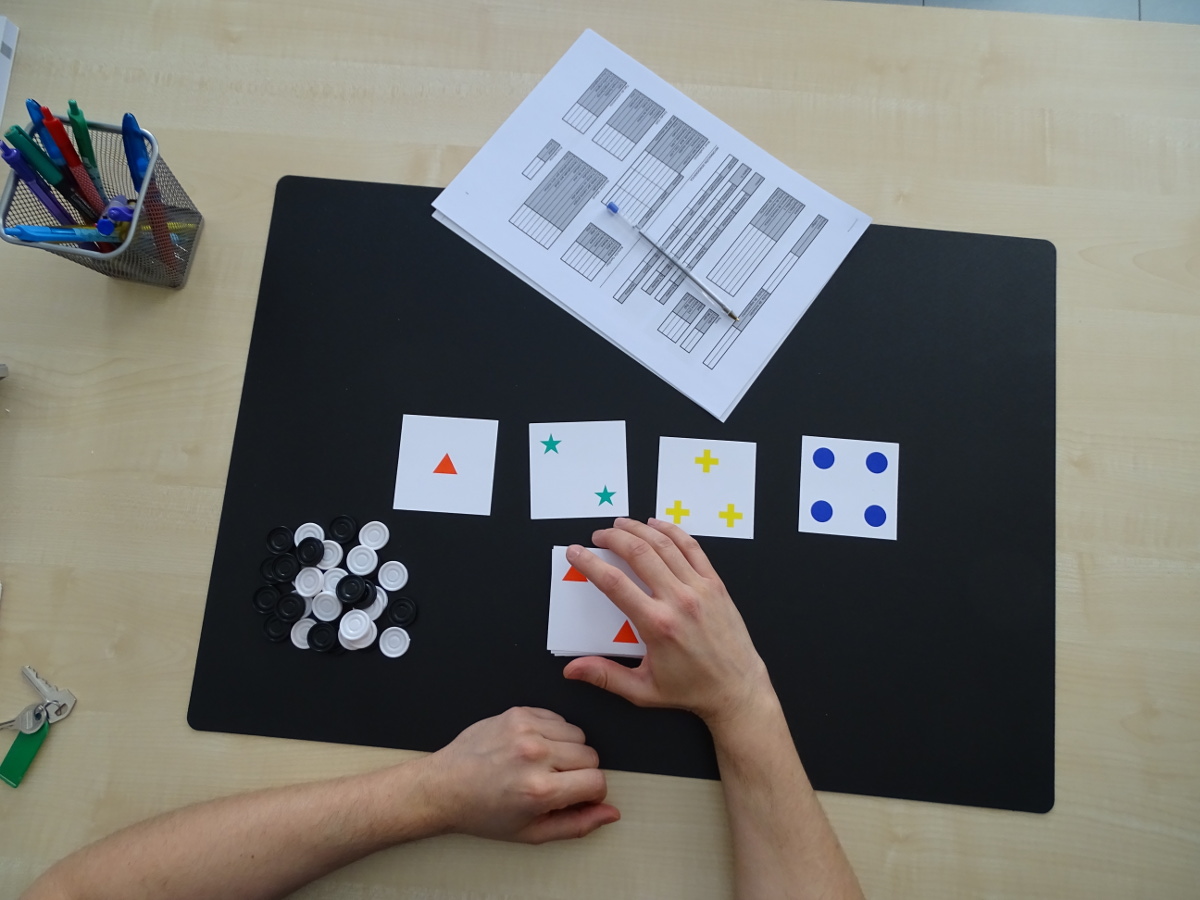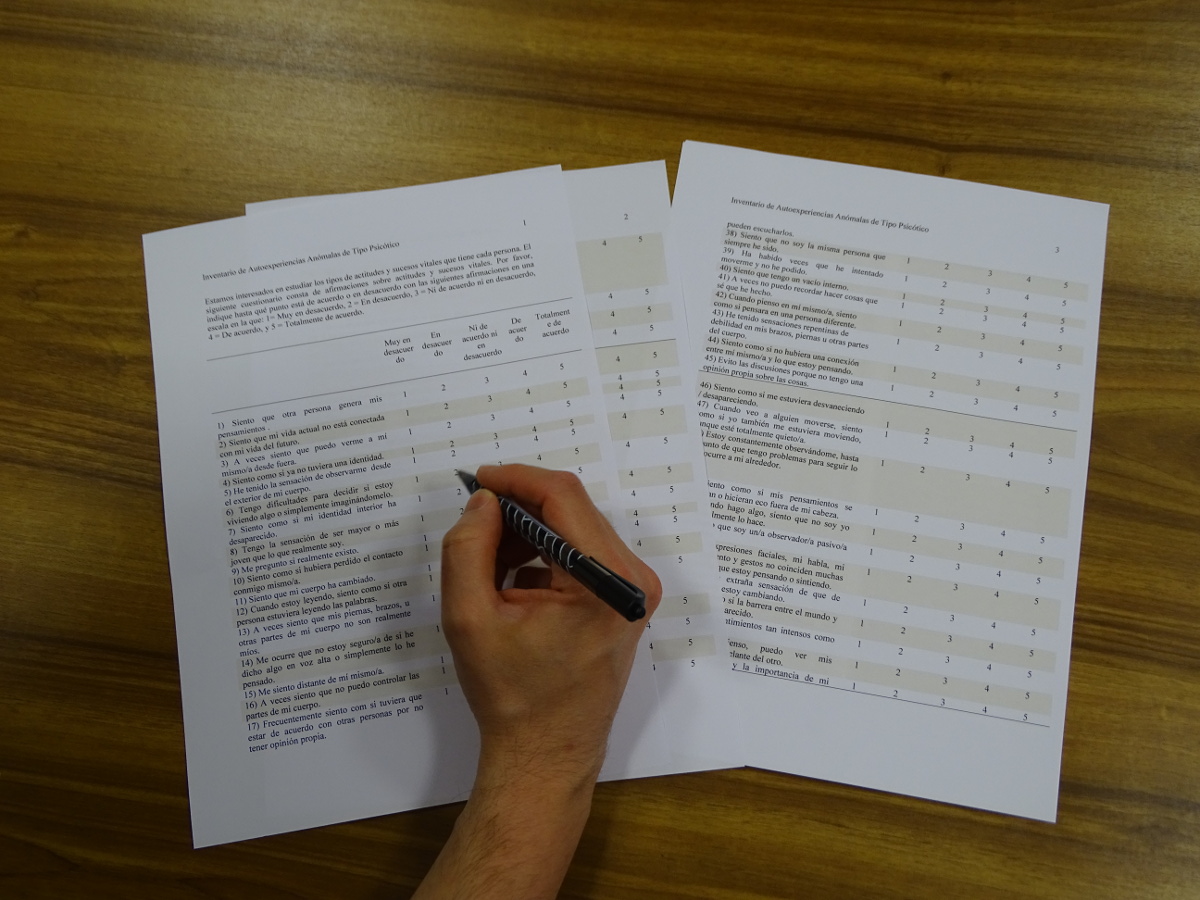The main lines of research of our group focus on the study of brain substrates of serious mental disorders with a trans-diagnostic approach. We assume that each of the current psychiatric categories includes groups of patients with very different brain substrates.
Insufficient knowledge of the mechanisms underlying serious mental illnesses, as well as the lack of replication of the results that attempt to determine them, are the starting point of our work.
Our approach assumes that many investigations have repeatedly found brain disorders associated with diagnoses such as schizophrenia or bipolar disorder. We believe, however, that the lack of replication of these findings may reflect the coexistence of different brain substrates associated with different clinical profiles in each of those diagnoses, with a different response to treatment.
